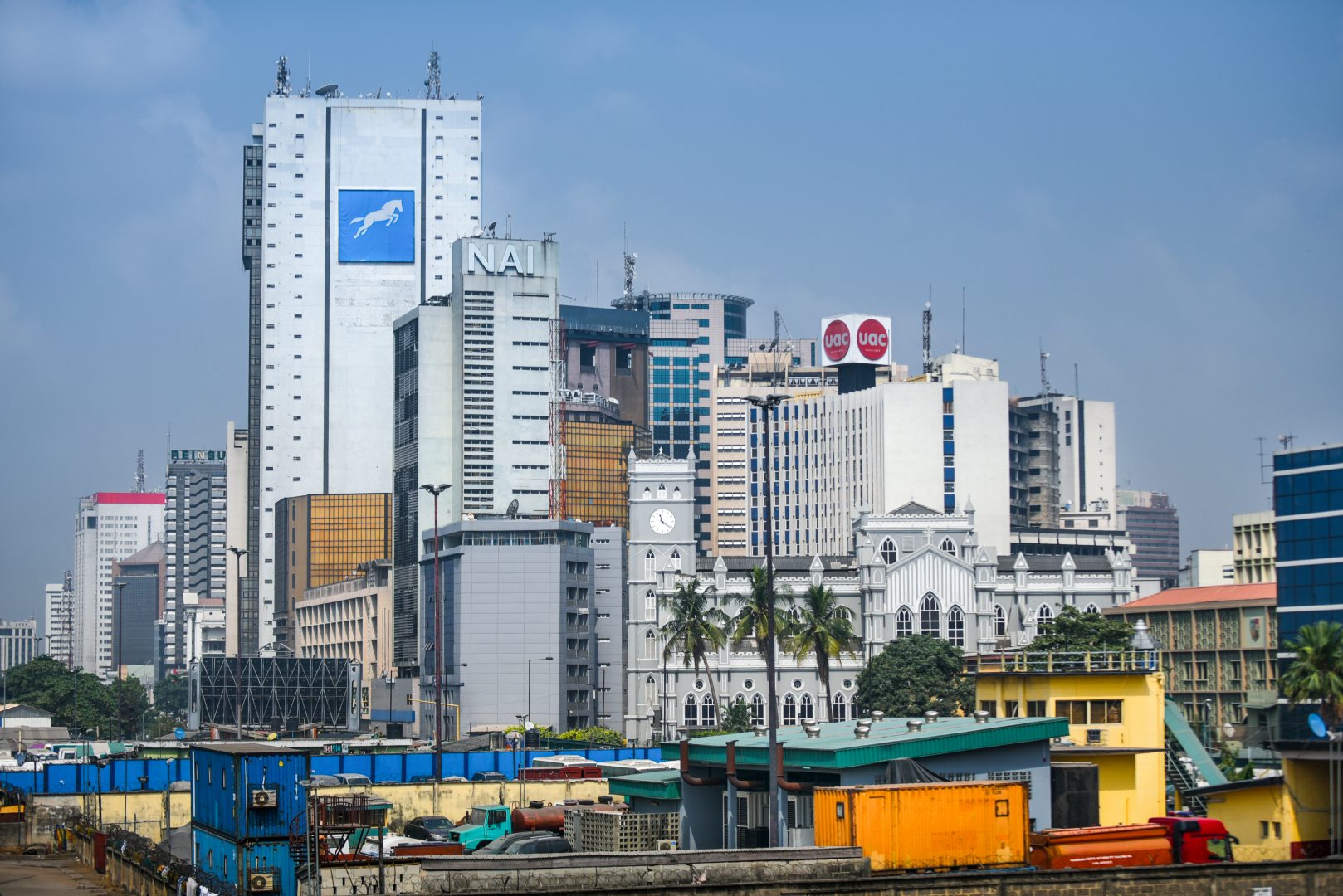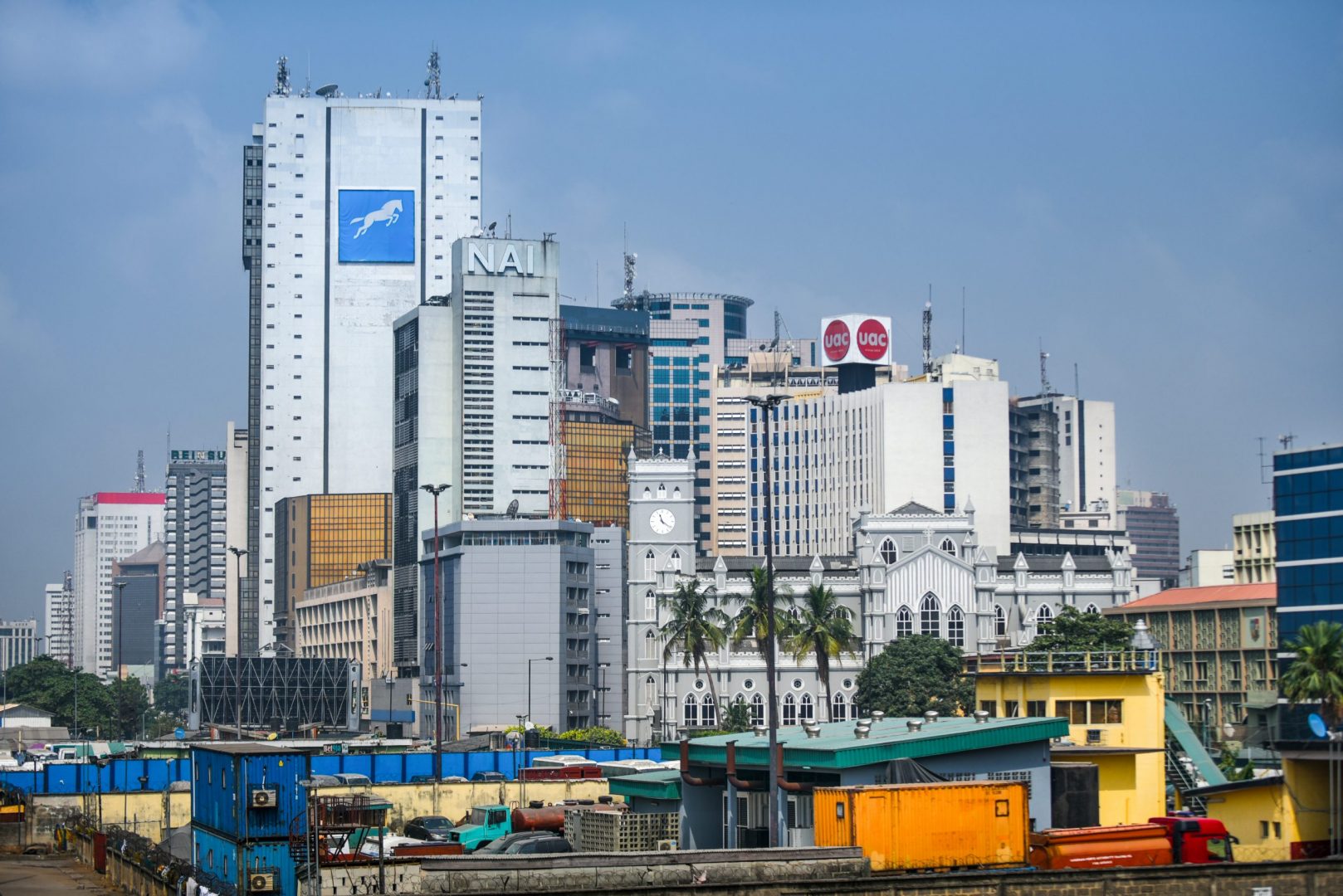Trade and supply chain finance (TSCF) – provided by banks and other financial institutions – is an important contributor to economic development because of its role in enhancing trade. It acts as an economic enabler, facilitating the movement of goods between and within economies, which improves access for consumers and businesses to commodities, capital equipment and business inputs. This promotes business growth and economic opportunities, which contributes to poverty alleviation.
The global demand gap for trade finance is estimated at $1.5 trillion annually, of which a significant proportion is in Africa and South Asia, where we invest. The African Development Bank estimates Africa’s trade finance deficit is between $110 billion and $120 billion – representing about 25 per cent of the demand for trade finance in Africa. Businesses continue to face constraints in accessing trade finance, which in turn hinders trade and constrains business growth.
At CDC, we focus on building partnerships with local, regional, and global banks to bridge this financing gap and support trade undertaken by local businesses. Between 2015 and 2020, our TSCF programme supported $13.2 billion of trade across Africa and South Asia through partnerships with regional and international financial intermediaries. Trade finance was also a critical part of our response to the COVID-19 pandemic, which you can read about here.
A substantial body of literature exists on the way trade and finance affect long-term development. Understanding this evidence base in the context of TSCF is important, as the investment approach is typically intermediated and the impact on people and planet is therefore more indirect. This is a newer area of research and more challenging to assess given the intermediated nature of impact.
Over the past year, we have worked with a team at the London School of Economics Trade Policy Hub to deepen our understanding of the evidence and better understand the impact of our TSCF investments. We are grateful to the LSE team for constructively challenging our assumptions and helping us to improve our impact framework. This will enable us to continue to enhance our impact as we continue to expand our TSCF programme in the coming years. Based on the review, our TSCF impact framework focuses on the following long-term objectives:
- Economic opportunities: We aim to narrow the supply-demand gap for trade and supply chain finance, increase trade volumes and promote inclusive and sustainable value chains. Our intention is to contribute to long-term growth, employment creation, poverty reduction and supply chain resilience.
- Better access to goods: By increasing trade volumes, we aim to contribute to the increased availability, affordability and quality of goods in the form of finished goods, business inputs, and/or capital equipment.
What did we find out?
The report highlights the main insights from the evidence review and outlines key opportunities for investors who, like us, are looking to deliver impact through trade and supply chain finance. The evidence review highlights the following key takeaways:
- There is strong evidence that trade has a positive impact on developing countries through its contribution to long-term economic growth and reduced inter-country inequalities.
- The participation of developing countries in global value chains is typically limited to commodities and limited manufacturing. A key challenge is supporting these countries to move up the value chain, for instance, by adding more value to the commodities being traded.
- Despite these overarching positive macroeconomic impacts, the distributional impacts of trade are more nuanced. While trade is a contributor to overall poverty reduction, the gains from trade can impact parts of society in different ways. Some stakeholders require a longer timeframe to adjust or need more support to overcome barriers.
- Access to finance is only one of several barriers to trade. TSCF needs to be complemented by actions to address other barriers of trade such as weak regulatory frameworks or poor infrastructure.
- TSCF has an indirect impact on development outcomes because it enables the movement of goods. It helps businesses manage various types of risk and provides liquidity support, which can help firms to scale and access new markets. Particularly, TSCF reduces payment and counterparty risk, protects firms against volatility, ensures secure and timely payment across borders, and increases access to working capital.
- There is a large unmet global demand for trade finance of $1.5 trillion per year. Barriers to TSCF access can be broken down into multiple layers at the macro-, financial intermediary, and firm-level. These include regulatory and compliance barriers, limited digitalisation, a lack of skills/awareness of these financial products, as well as social barriers faced by certain groups such as SMEs and women-owned businesses.
- DFIs and impact investors could deepen the impact of their TSCF portfolios through:
- Increasing the availability of liquidity and risk cover through risk-sharing, so that financial intermediaries can maintain or grow their TSCF portfolios and underwrite more trade.
- Improving access in the least-developed countries, where financial intermediaries typically have lower appetite, to support trade and value chains where the need is highest.
- Promoting inclusive and sustainable value chains by supporting sectors employing a high proportion of low-skilled and semi-skilled workers, improving access for businesses facing the highest barriers (such as SMEs or women-led firms) and prioritising trades that accelerate the transition to low-carbon economies.
- Increasing environmental, social and governance (ESG) standards to better manage ESG risks, promote sustainability and drive value in international trade.









